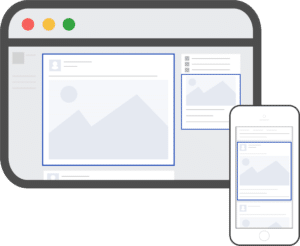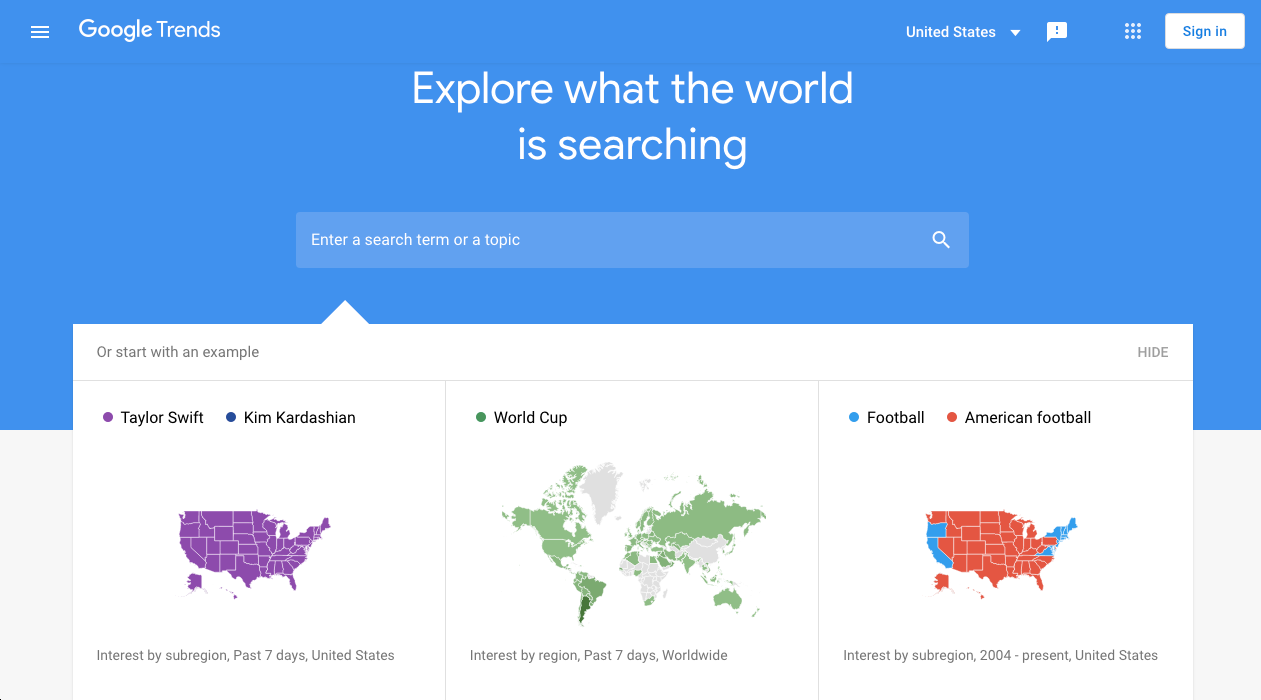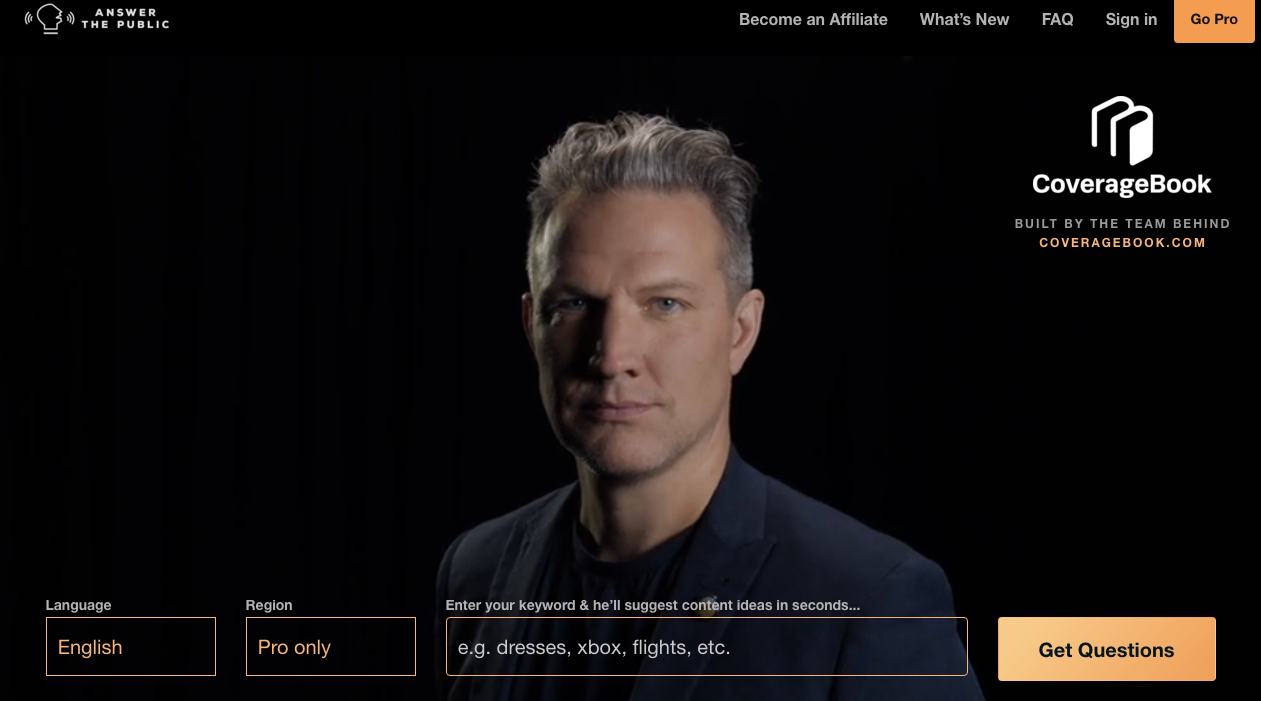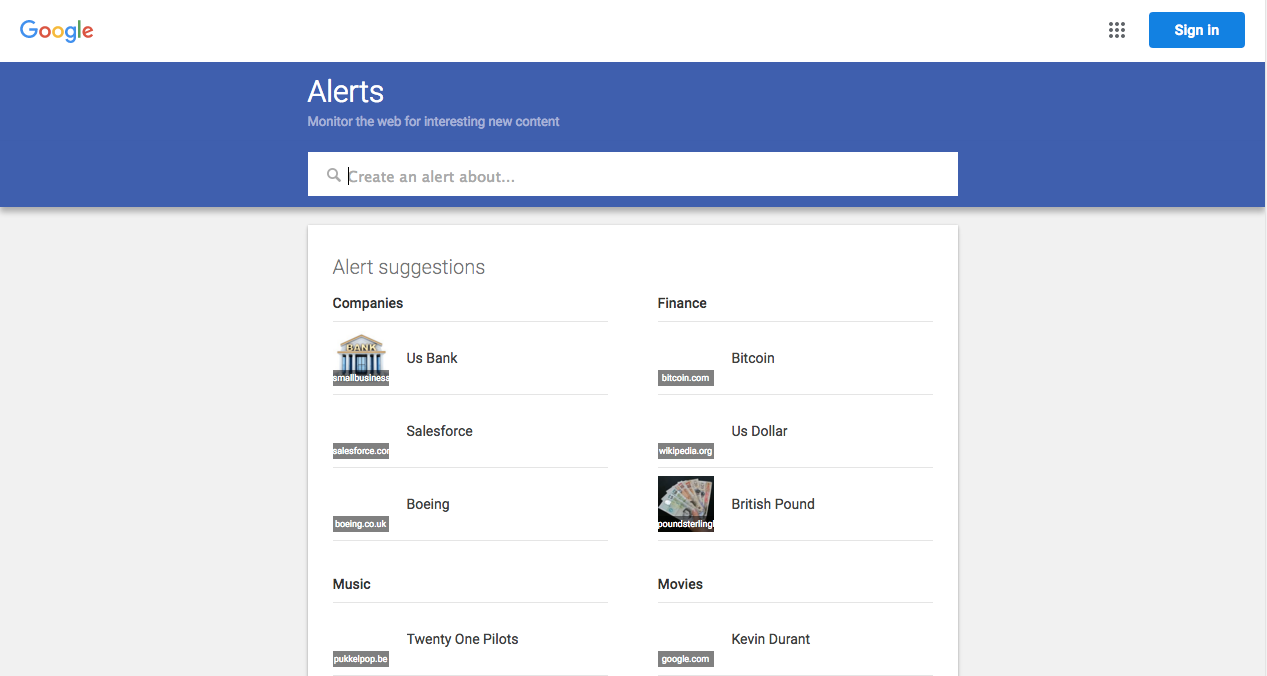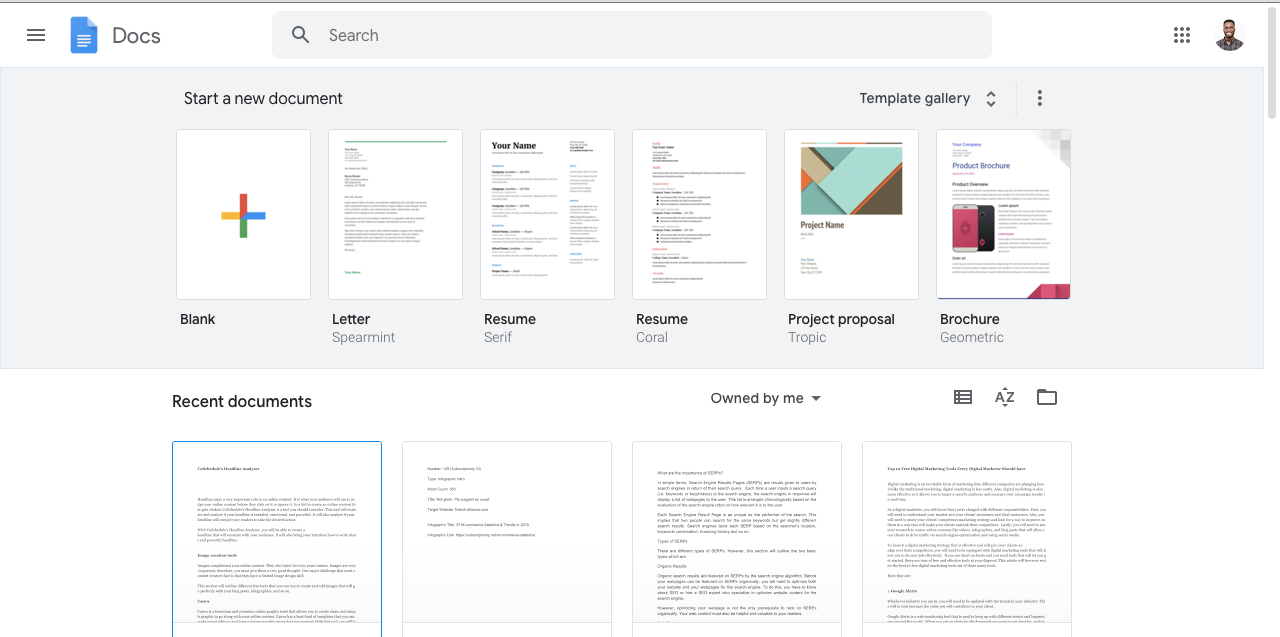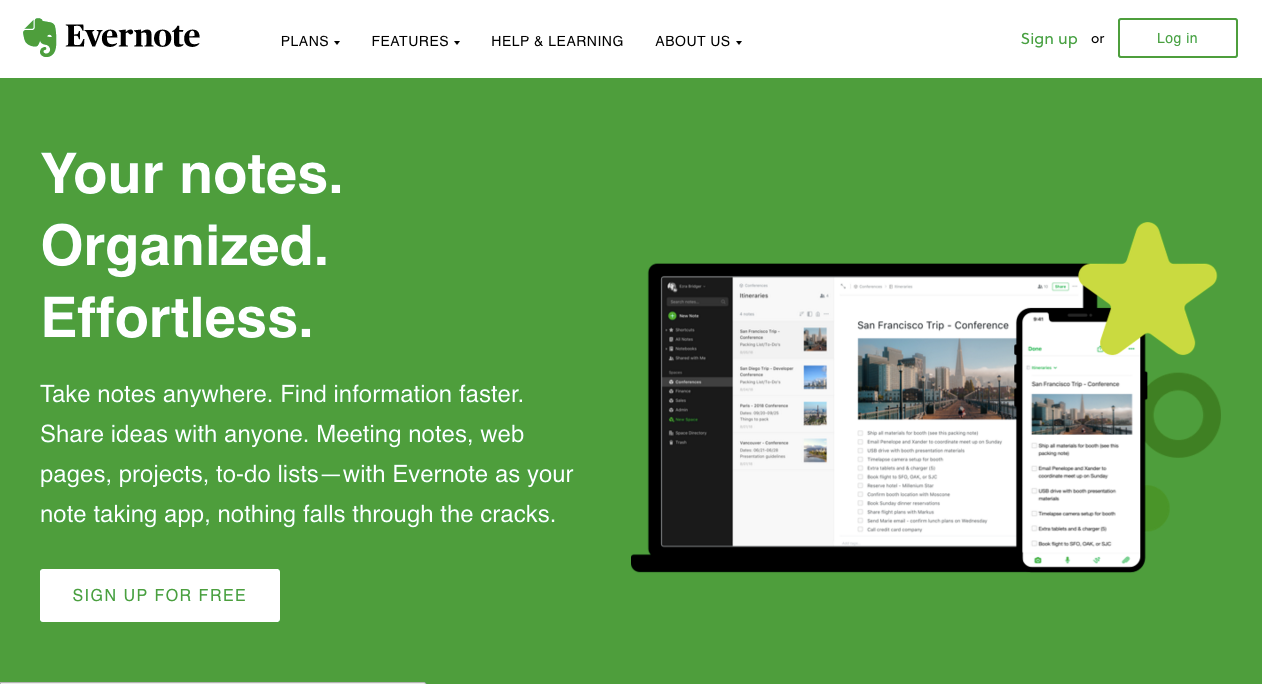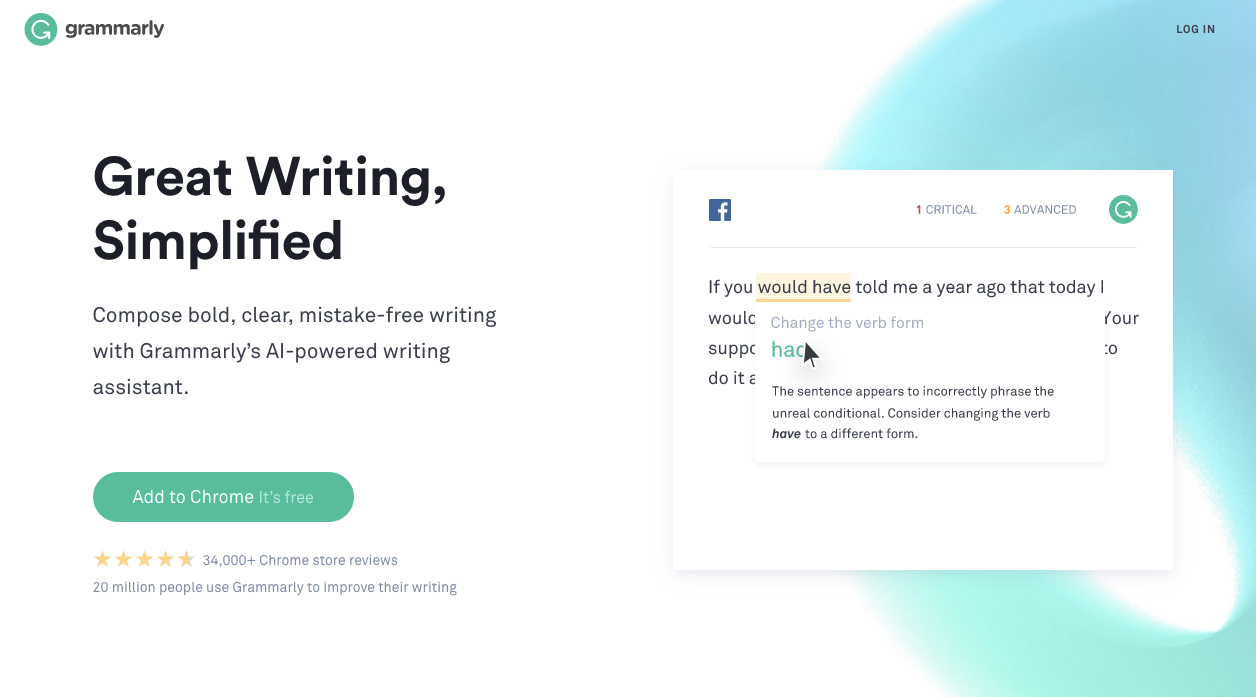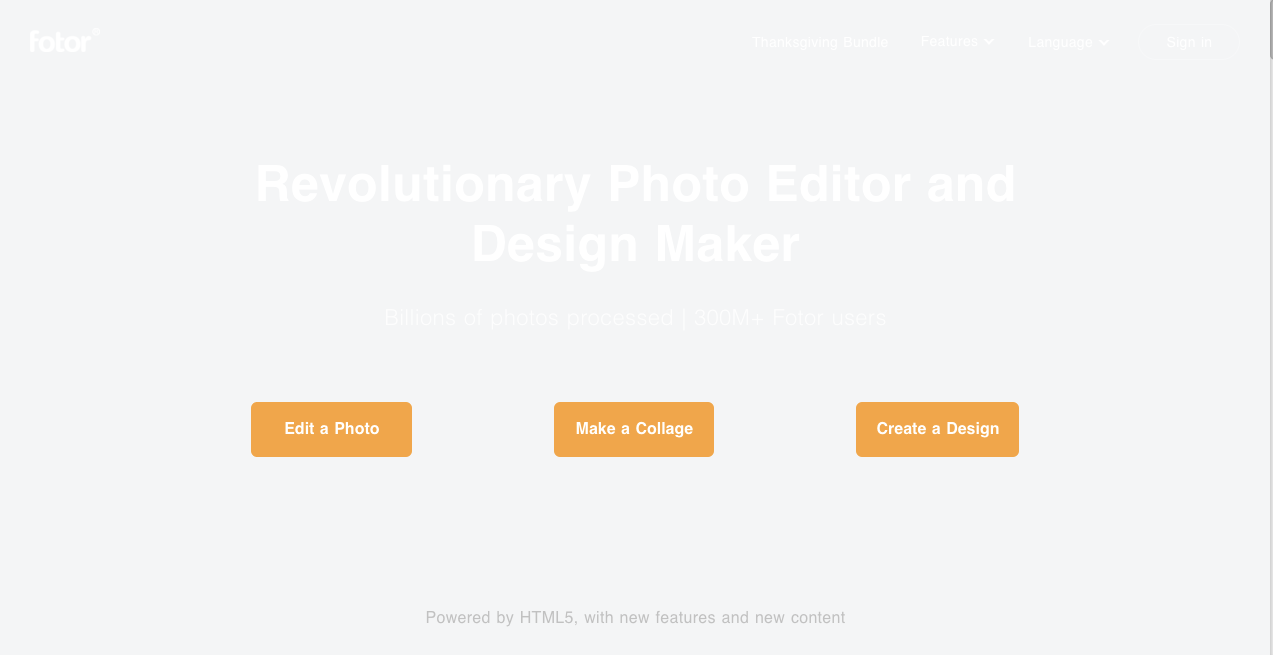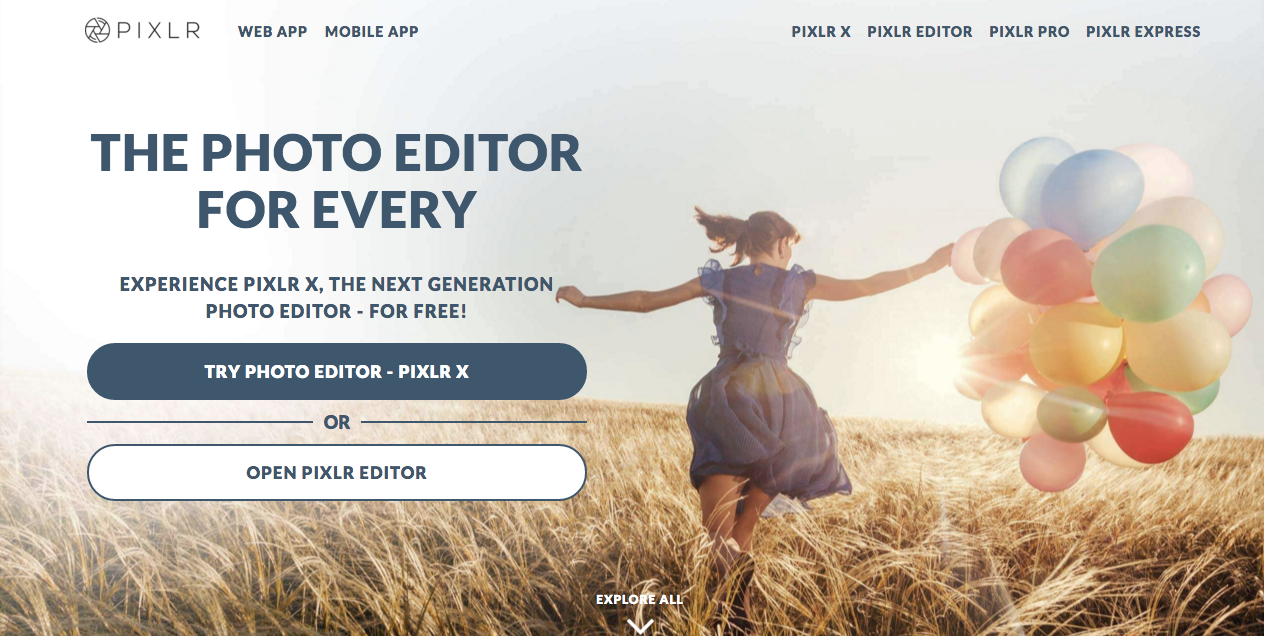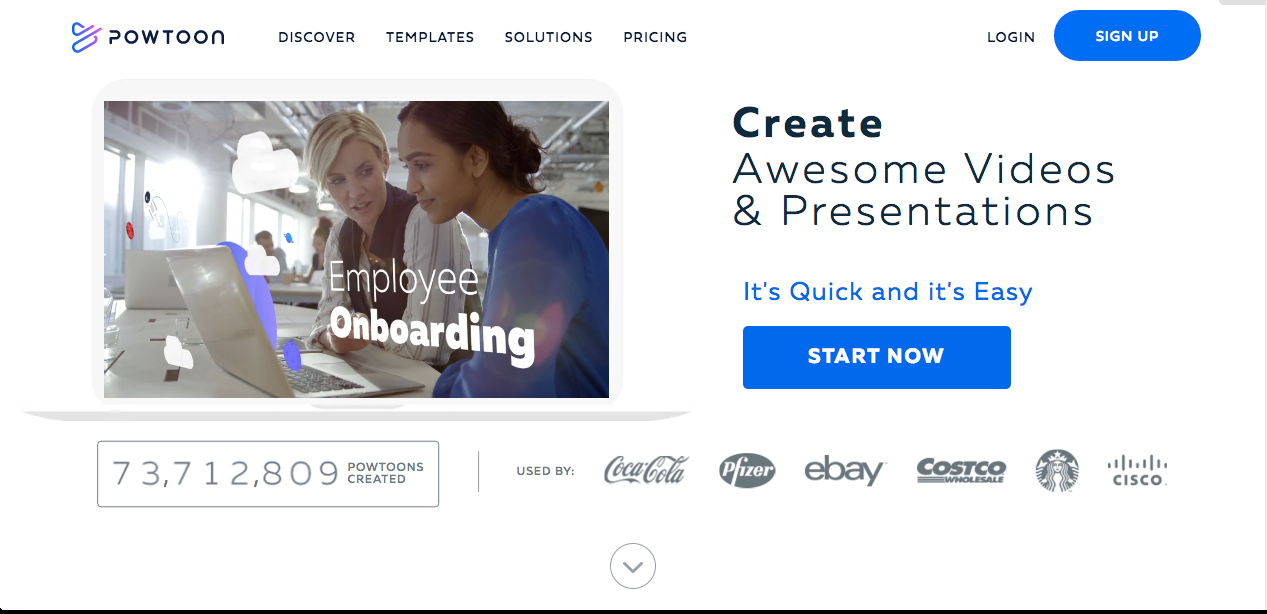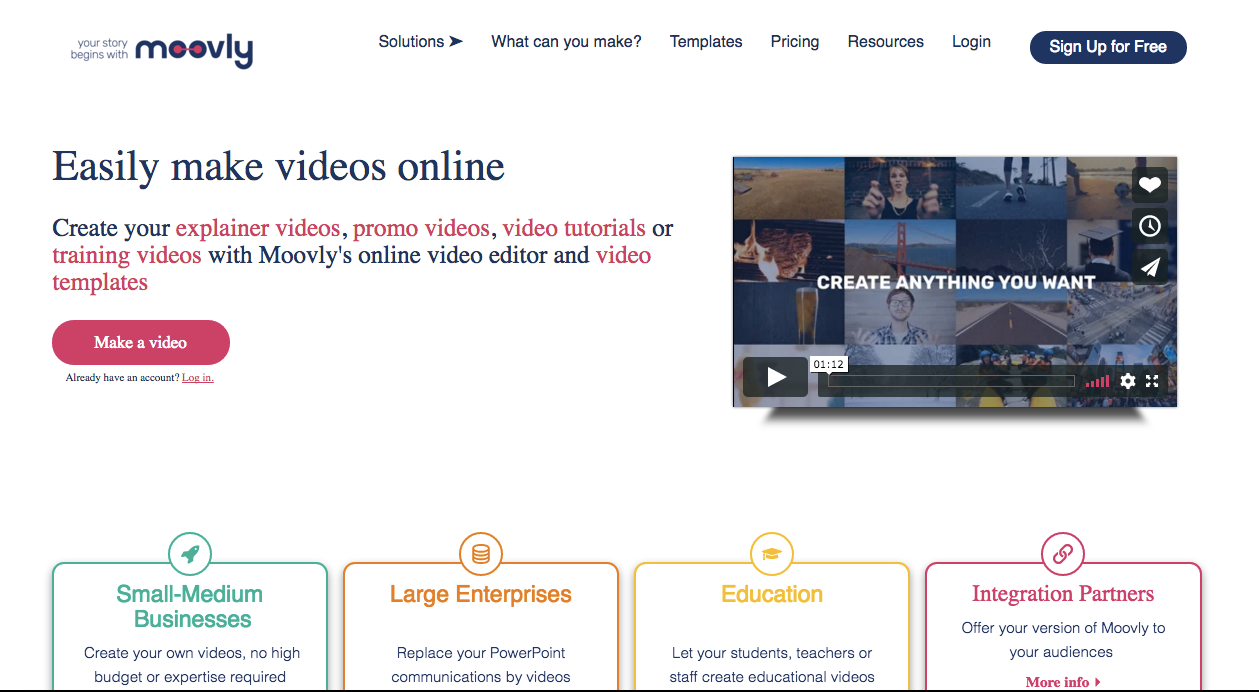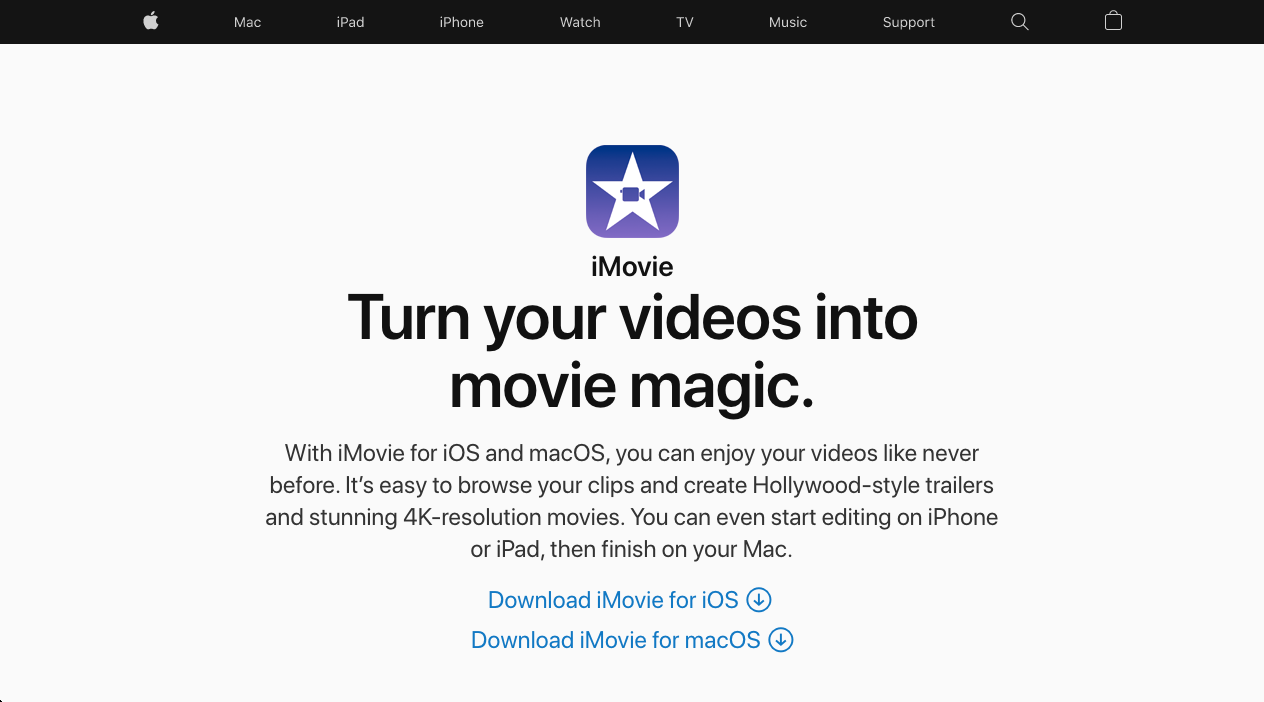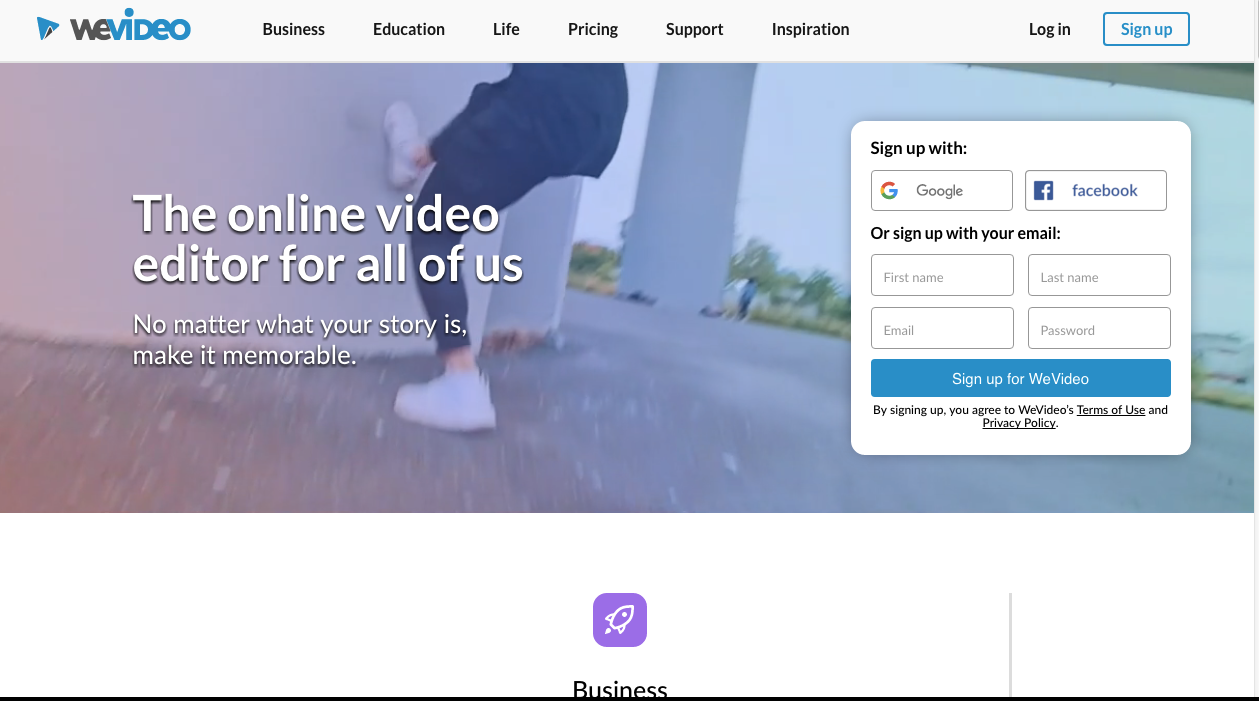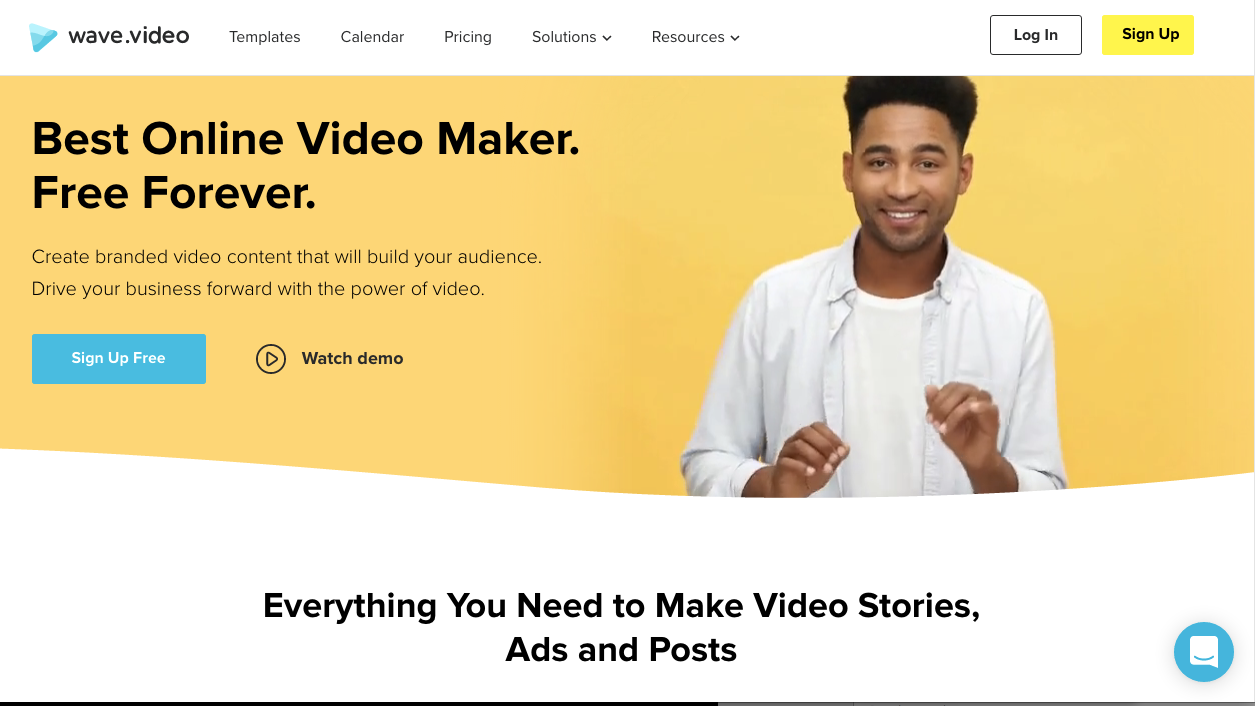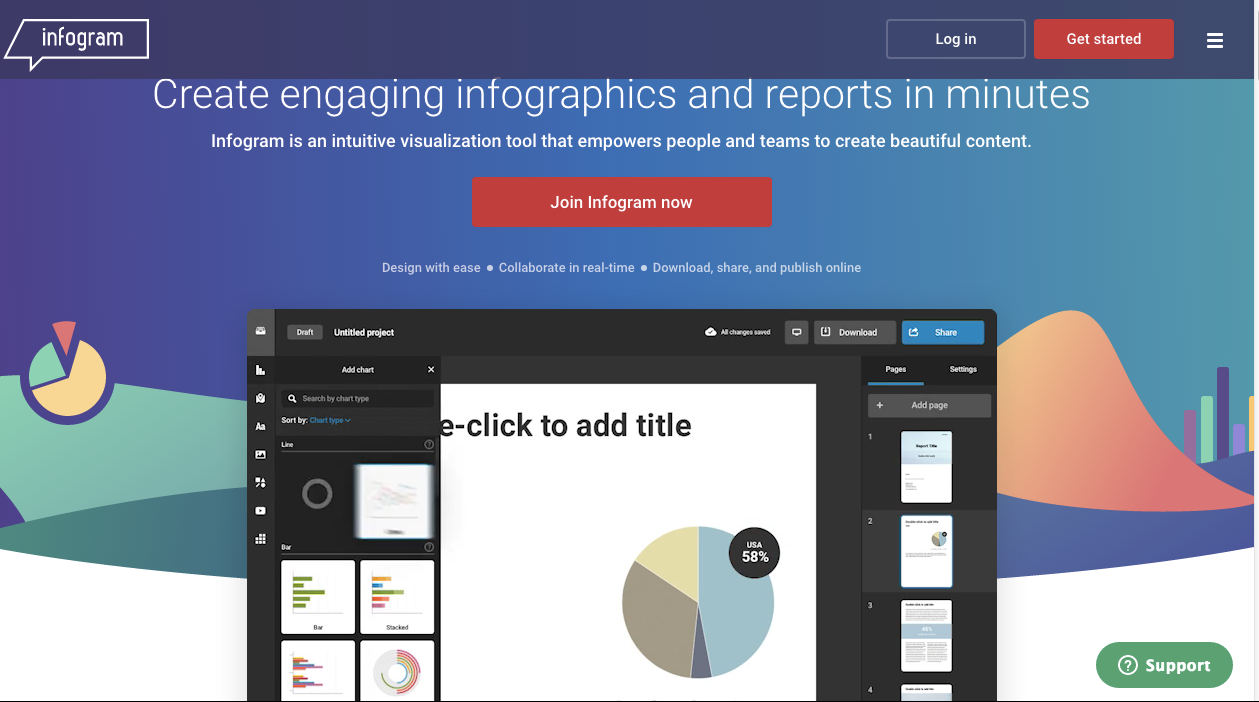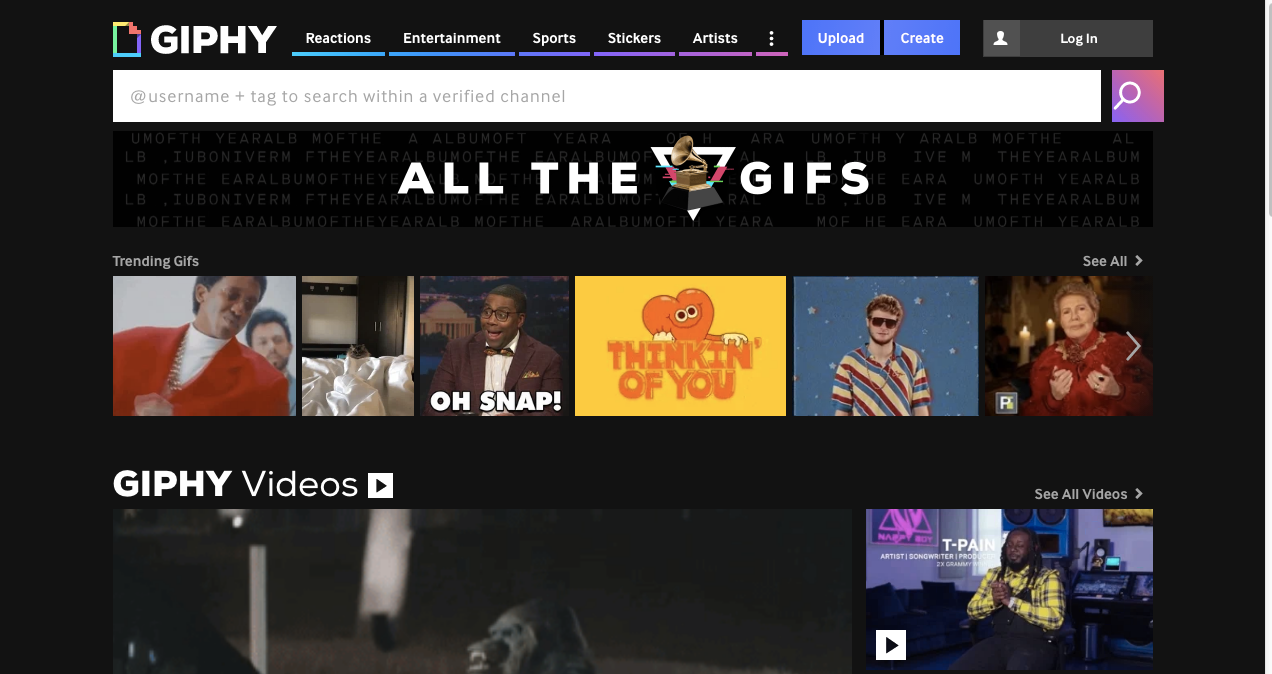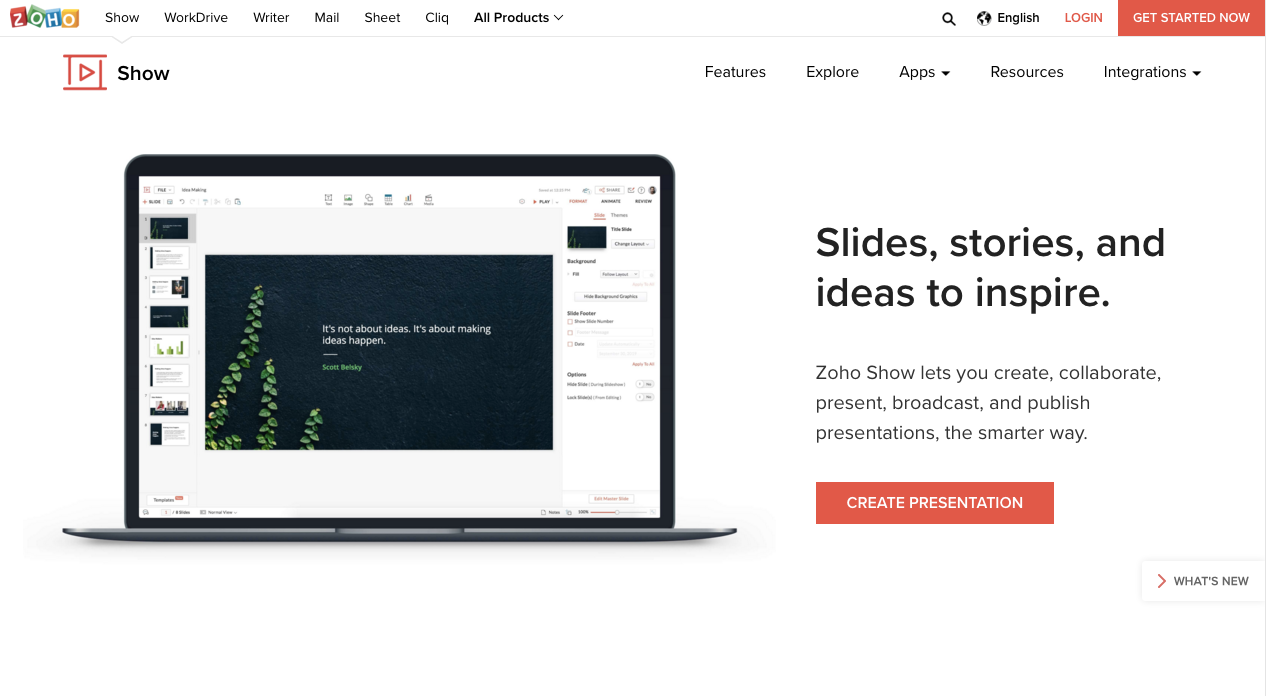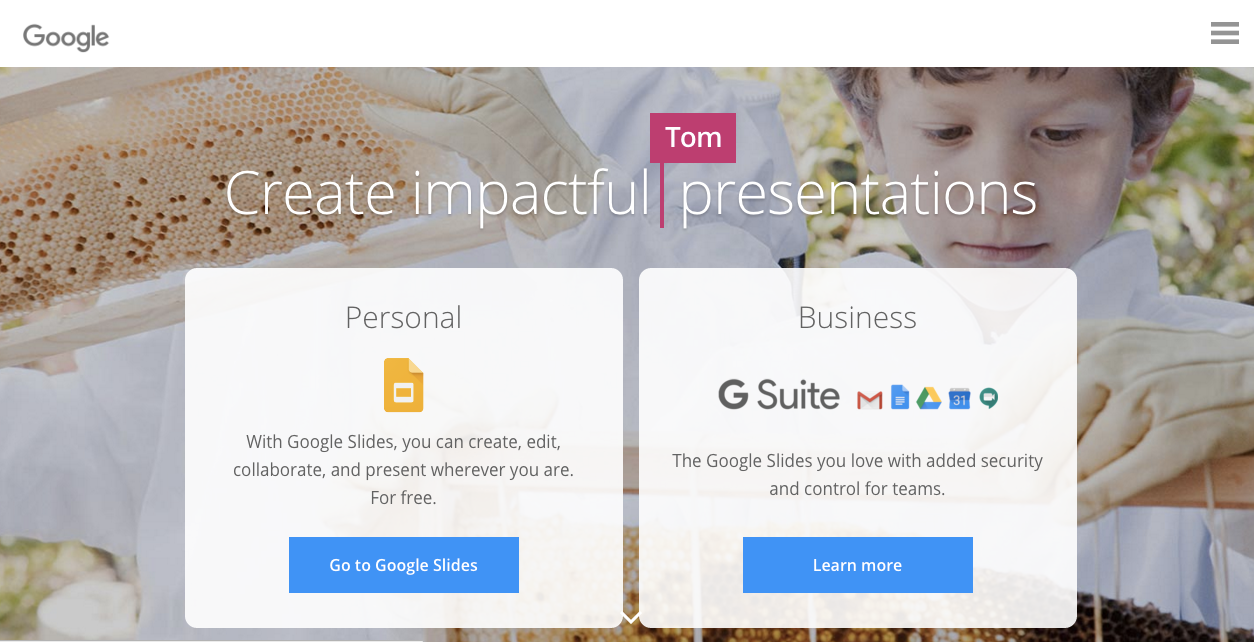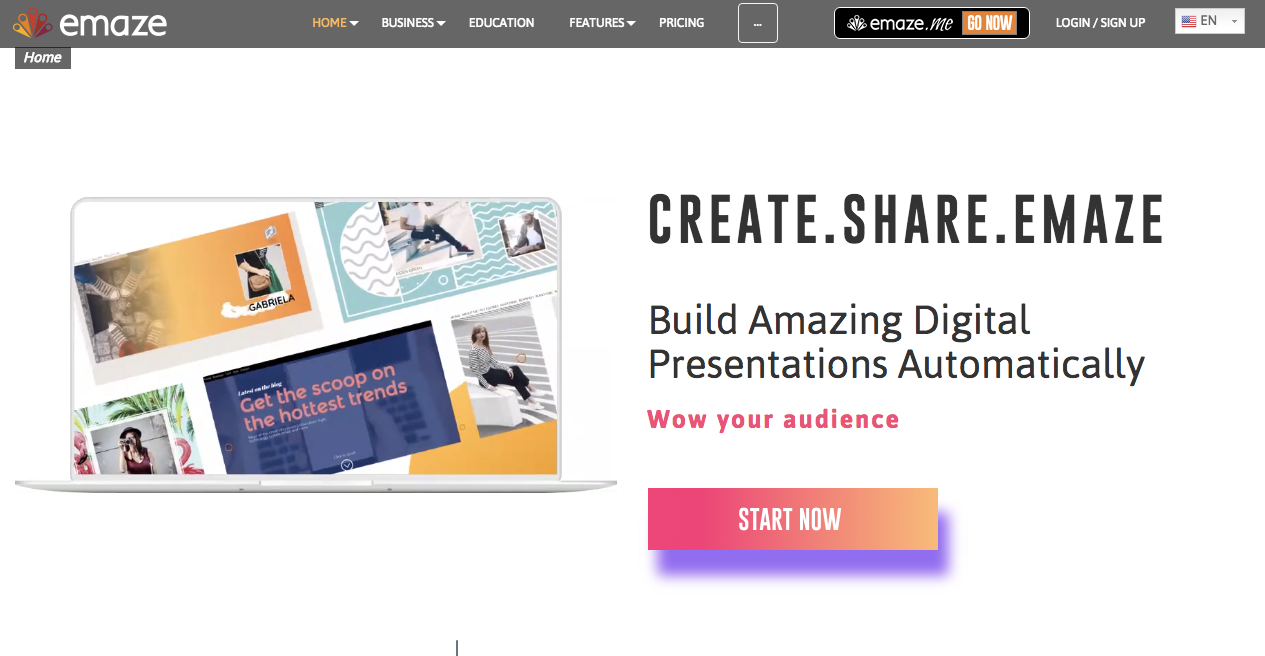Here are the seven digital trends for 2021.
1) Changes in B2B & B2C marketing strategies – Creating efficient strategies in lead generation and relationships
As well as engaging, social media now has to deliver sales results, and this is visible when a company begins to measure such results effectively. With the pandemic, some business models have been accelerated, such as online retail, click and collect, frictionless retail, and D2C e-commerce, changing the way companies position themselves to meet customer needs. Today, one of the basic principles of any content strategy is generating leads to build relationship with potential customers.
In the strategic domain, a big hit this year is expected to be big data-based natural language processing (NLP), which should help gain better understanding of the information obtained through big data systems and thus ease user interaction. Other highlights are the Data Warehouse (predictive, prescriptive, descriptive or diagnostic analytics) and Dark Data, which refer to all information that companies collect, process and store in the normal course of their activity, but are not intended for any other specific use.
2) Will 2021 be the year of AR and AI?
We are currently in the third wave of the Internet, a stage where Virtual Reality (VR), Augmented Reality (AR) and Artificial Intelligence (AI) are already part of all (or almost all) aspects of our lives. With these tools, brands can go beyond screens: they can experiment new formats and increase their creativity. However, like all new technology, using this resource requires a large investment in the development of prototypes.
Another factor pointing to the growth of Augmented Reality is the 5G technology, which should soon revolutionize how we connect with the Internet of Things (IoT). In the area of Artificial Intelligence (AI), we can expect a significant advance in technology being used to improve workflows and the buyer’s journey through personalization and hyper-personalization. In marketing, automation should go beyond naming the person to whom the message is directed; however, as artificial intelligence advances, some companies, such as content agencies, may probably be adversely affected.
3) Entertainment, Music, & Games – Creating online communities through influencers
It is often said that one of the paths to the future of social media is entertainment. However, several brands have difficulties in creating attractive content to their customers. An extremely viable solution is to team up with influencers who already do it very naturally. After all, real people connect with real stories, and nothing better than working with great opinion makers to bring entertainment to consumers who are increasingly demanding and seeking true connections.
Another big news is Spotify Studios , launched in 2020, which is aiming to include video podcasts. The gaming world is promising too: for instance, Fortnite has already performed several initiatives, such as including DC Comics characters in the game.
4) Flywheel – The clients are in the center
Several markets have used data captured in the digital environment and creating segment-oriented messages based on the user’s personal characteristics. Now it is time to have these data used not only by the marketing team but by the entire organization in a more strategical fashion aiming to design new products, services and solutions, and place the customer in the very center of all operations. Part of this change is related to the m-commerce, whereby purchase is made via cellphones. By the end of 2021, mobile devices are estimated to generate nearly 73% of the total e-commerce sale record, which entails that we need new digital strategies, especially content-centered strategies.
5) Engagement with purpose – Diversity and inclusion initiatives
Changing people’s lives through the enterprise’s activities is a growing trend in the market. Embracing diversity is currently a challenge for brands of which the public demands a more authentic position and long-term actions. Therefore, organizations should not decide to support a cause if they do not intend to live up to the expectations through actions. For example, if an organization is willing to invest in an LGBT-oriented campaign, it must ensure that its employees hold this ideal, provide job opportunities to this demographic, and treat LGBT people adequately. This is the only way for the campaign to be effective. This applies to any other topic of interest. Brands approaching diversity-related topics is a response to the constant changes in society, but it is necessary to be cautious and avoid superficial approaches.
6) New possibilities – Virtual Assistants, Twitch, TikTok, WhatsApp, Shoploop, & Kormo Jobs
Both voice search and use of virtual assistants such as Alexa and Siri should be taken into account in 2021. With the increasing use of voice search, brands are supposed to produce content aiming at these platforms. Twitch, which is widely used by the gaming community, has gained new audiences. Chinese social media TikTok already has offices in various parts of the world capable of designing solid strategies for brands. WhatsApp has promised to become an important sales tool, especially for small businesses.
The latest is Shoploop, a new video application that has come to compete with TikTok, but it has a more commercial focus that can truly benefit electronic commerce. This new project comes from Area 120, a Google department dedicated to innovation. For now, Shoploop is still in its trial phase, but another novelty, also from Google, that promises to draw attention in 2021 is Kormo Jobs, the Asian LinkedIn, Google’s newest professional tool. Already available in India, it promises to become the newest website connecting professionals worldwide.
7) Creative Talent – Senior professionals with a disruptive leader
With the increasing value of digital marketing over the past months, native advertising and programmatical advertising have joined forces, and now must work cooperatively. Having a team well directed by a manager with robust global experience and holistic vision is of essence. Having a well-aligned team delivering projects by the deadline is no longer enough; it is also necessary to innovate and be disruptive, to have the ability to leverage the social media and content team and assist the marketing professionals to make important decisions.
For example, in 2021 digital teams should create strategies for Bing and Yahoo! as alternatives to Google, and consider programmatical advertising for wearables, including the popular smartwatches. All that must be discussed and strategically lined-up with televised merchandising.


